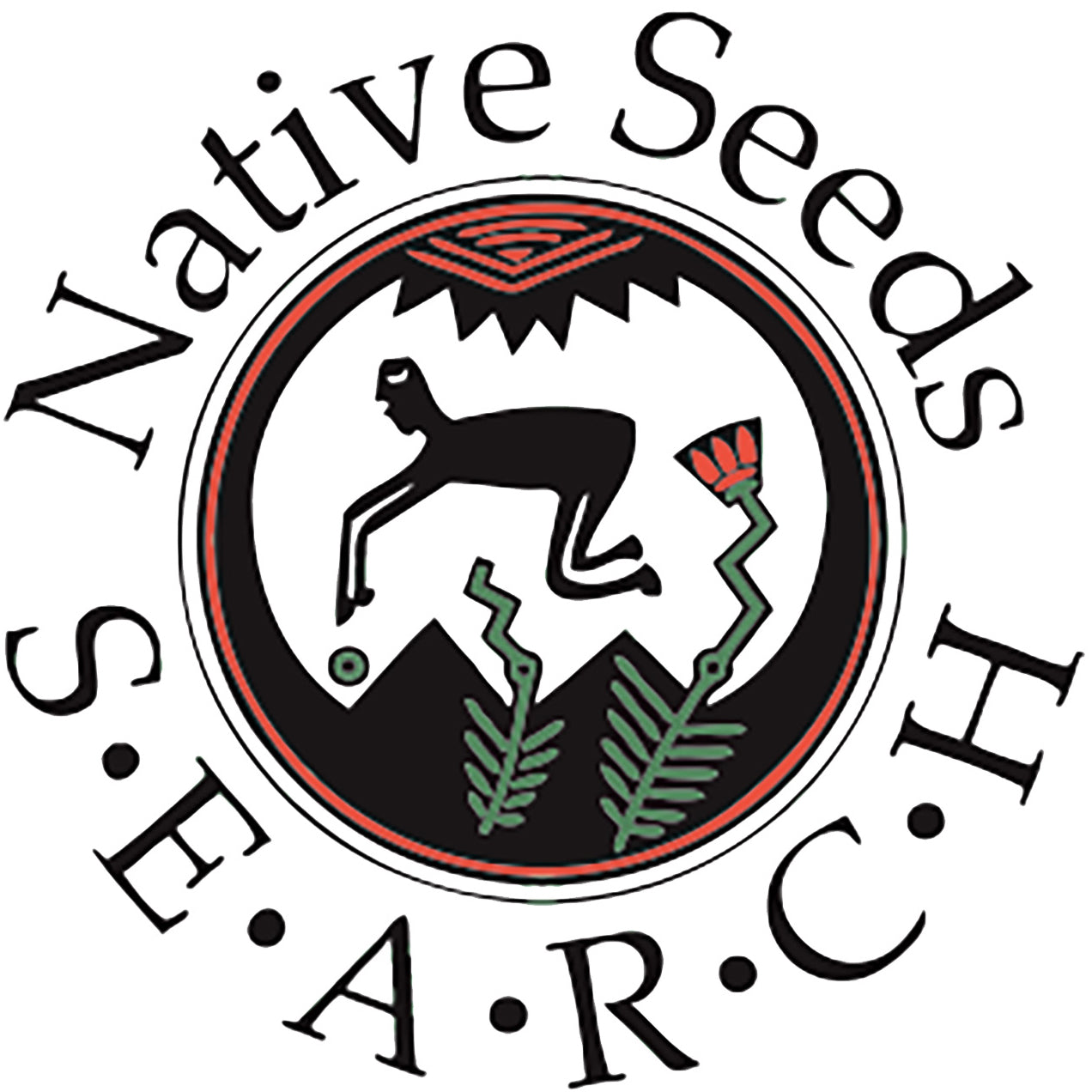
BOTANICAL NAME:
Capsicum annuum glabriusculum
COLLECTION SITE:
Rio Yaqui, Onavas, Sonora, Mexico
COLLECTION DATE:
1984
HISTORICAL ORIGINS:
Chiltepines are the wild progenitors of domesticated chiles in the Capsicum annuum species including jalapeños and bell peppers. They grow wild from southern Arizona and Texas through Mexico and Central America. Wild chiles have been intensively utilized by people for 10,000 years. Chile domestication started to occur around 7,000 years ago in central-east Mexico. The wild chiltepines are still widely consumed and are an important economic crop in Sonora.
CULINARY USES:
Chiltepines are popular in Southwestern and Northern Mexican cuisine. They are used to add heat to salsa and soups, and can be crushed straight over a meal or rubbed into food as part of a marinade. When the chiltepines are still unripe and green they are often pickled in vinigar. Chiltepines have even found their way into cocktails and desserts. They rank very high on the Scoville scale (50,000 to 100,000 Scoville units) or an 8 on a scale of 10. But their heat is very fleeting and does not last for a long period of time like other spicy chiles.
NUTRITIONAL BENEFITS:
Chiltepines, like all chiles, are high in vitamins A and C.
MEDICINAL USES:
The Tarahumara use chiltepines as a preventative for future maladies, especially those thought to occur from witchcraft. Yaqui and Opata healing rituals feature chiltepines.
SOCIO-CULTURAL IMPORTANCE:
The annual harvest of wild Sonoran chiltepines has traditionally been a dependable autumnal ritual, however these fruits also tell the story of a changing climate and increasingly unpredictable world. The inhabitants of Northern Mexico have harvested wild chiltepines in September and October for generations. Professional chiltepin harvesters, known as Chiltepineros, can harvest up to thirty tons in a season, and treat this as purely an economic activity.
In 2011, chiltepines were fetching $65 per kilogram, and as such are an important contribution to the economy. Equally, the annual harvest provides an opportunity for Sonoran families to gather together. Several generations may move to a chiltepin harvesting camp for a number of weeks to gather their year’s supply of the chiles while enjoying family time.
However, climate change has also begun to affect the chiltepin harvest. In 2009, Gary Nabhan traveled through Sonora, witnessing first-hand how the year’s unpredictable and extreme weather events had altered the annual harvest. In Northern Sonora, 2009 was another drought year, to add to the previous nine, which had been characterized by a lack of summer monsoons, causing wild chiltepines to fail in their maturation. In Central Sonora, near Guaymas, flooding from Hurricane Jimena had caused 37 million dollars of damage, and swept away any chance of a chiltepin harvest. However, the knock-on effect of the floodwaters in Southern Sonora contributed to a bumper chiltepin crop in 2009, for the Yaqui.
CULTIVATION TECHNIQUES:
Sonoran chiltepines are scarcely cultivated, but wild-harvested chiltepines are sought after by Mexican and North American buyers alike. There is enormous skill in the harvesting of chiltepines, as Linda McKittrick writes: “People use different styles of picking. There is a one-handed method where the person picks with one hand and puts the small wild fruits into a used feed sack, which is held in the other hand. The two-handed technique, a true marvel to watch, allows people to harvest swiftly by skillfully picking with both hands before dropping the chiles into an apron or sack tied around the waist” (2009).
REFERENCES:
Freise, Kurt Michael, Kraig Kraft & Gary Paul Nabhan (2011). Chasing Chiles; Hotspots Along the Pepper Trail. White River Junction, VT: Chelsea Green Publishing.
McKittrick, Linda (2009). Mother Chiltepin in Seedhead News:104.
Nabhan, Gary Paul (1985). Gathering the Desert. Tucson, AZ: The University of Arizona Press.
Nabhan, Gary Paul., Editor (2004). Renewing America’s Food Traditions: Bringing Cultural and Culinary Mainstays from the Past into the New Millennium. Flagstaff, AZ: Center for Sustainable Environments.
Nelson, Suzanne (1999). Toasting El Chiltepin. Seedhead News: 66.
